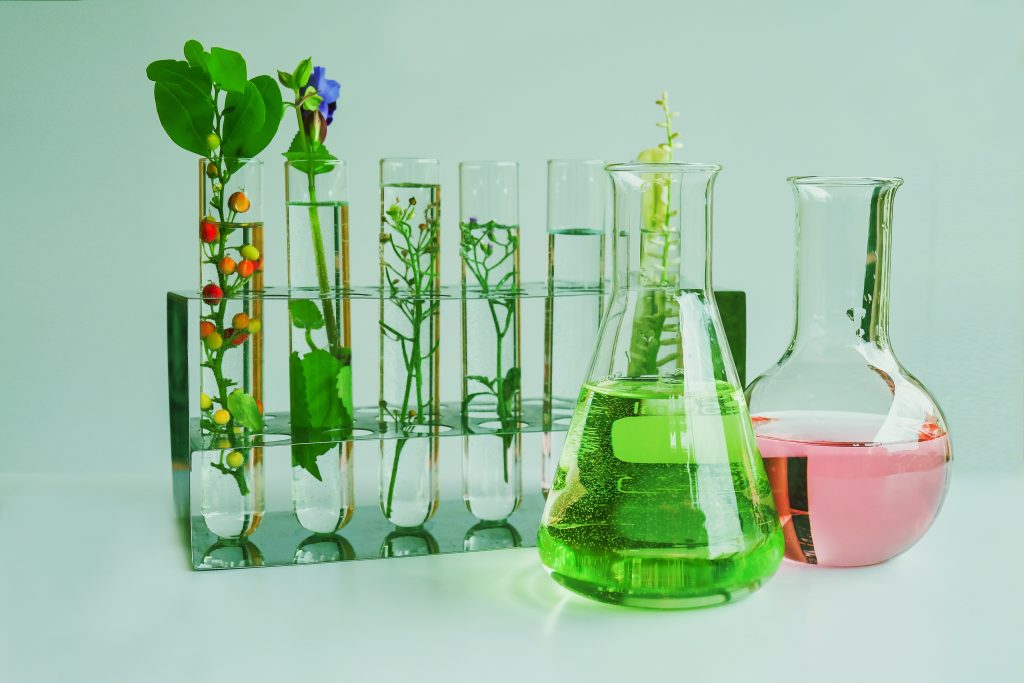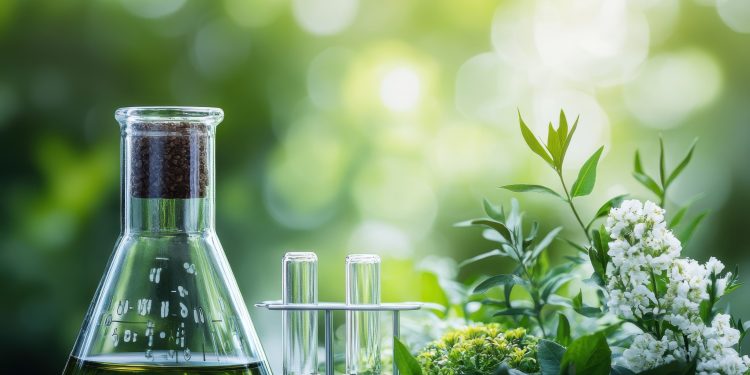As global industries face mounting pressure to reduce their environmental impact, the aroma and flavor sector is embracing green chemistry as a pathway to more sustainable, responsible production. Green chemistry offers innovative methods to develop aroma compounds with minimal waste, reduced toxicity, and lower carbon footprints while maintaining the sensory excellence that consumers expect.

What is Green Chemistry?
Green chemistry refers to the design of chemical processes and products that minimize or eliminate the use and generation of hazardous substances. In the context of aroma production, it focuses on:
- Sustainable raw material sourcing
- Low-energy manufacturing processes
- Non-toxic solvents or solvent-free extraction
- Efficient reactions with minimal waste generation
- Safe, biodegradable, and renewable materials
By adopting green chemistry principles, aroma producers can offer eco-friendly solutions without compromising quality, consistency, or regulatory compliance.
Key Green Chemistry Innovations in Aroma Production
- Supercritical CO2 Extraction:
- Uses pressurized carbon dioxide as a clean, non-toxic solvent.
- Preserves delicate aroma compounds with high purity.
- Leaves no chemical residue and has low environmental impact.
- Enzymatic Biocatalysis:
- Utilizes natural enzymes to catalyze specific reactions under mild conditions.
- Produces highly targeted aroma compounds with minimal by-products.
- Reduces energy consumption and avoids harsh chemicals.
- Fermentation and Precision Fermentation:
- Engineered microorganisms convert renewable feedstocks into aroma compounds.
- Provides natural-label ingredients with high purity and scalability.
- Reduces dependence on resource-intensive agricultural production.
- Solvent-Free Synthesis and Microwave-Assisted Reactions:
- Eliminates or minimizes use of harmful organic solvents.
- Speeds up reaction times while reducing energy use.
- Upcycling and Valorization of By-Products:
- Extracts aroma compounds from food industry waste streams (e.g. citrus peels, coffee grounds, spent botanicals).
- Supports circular economy principles by reducing raw material waste.
Environmental and Economic Benefits
- Reduced Emissions: Lower greenhouse gas emissions from greener production processes.
- Resource Efficiency: Optimized use of raw materials and energy.
- Waste Minimization: Reduced hazardous waste generation and improved waste management.
- Cost Savings: Long-term reductions in production costs through more efficient processes.
Industry Leaders Embracing Green Chemistry
Global leaders such as Givaudan, Firmenich, Symrise, Kerry, and IFF have made substantial investments in green chemistry R&D. Many have launched dedicated sustainability platforms that integrate green chemistry into every stage of aroma development, from raw material sourcing to manufacturing.
Regional innovators like Gülçiçek Kimya, Zümrüt Aroma, MG International, and Tat Aromatik are also adopting green chemistry principles to serve eco-conscious clients both locally and internationally.
Regulatory Support and Consumer Expectations
Green chemistry aligns closely with:
- European Green Deal objectives
- REACH and EFSA guidelines in the EU
- Increasing retailer sustainability standards
- Growing consumer demand for clean, environmentally responsible products
As transparency and accountability rise in importance, brands are expected to demonstrate not only the natural origin of their aromas but also the sustainability of their production methods.
The Future of Aroma Production
The adoption of green chemistry is not just a trend but a long-term industry shift. In the coming years, we can expect:
- Greater use of AI and digital modeling to optimize green synthesis routes.
- Expanded partnerships between academia, industry, and regulatory bodies to accelerate innovation.
- New eco-certifications focused specifically on green chemistry practices.
- Broader consumer education on the environmental impact of aroma ingredients.
By integrating green chemistry into aroma development, the industry is taking a significant step toward discovering flavors and fragrances that are not only pleasing to the senses but also kind to the planet. This sustainable evolution will be central to the aroma sector’s growth and reputation for decades to come.






